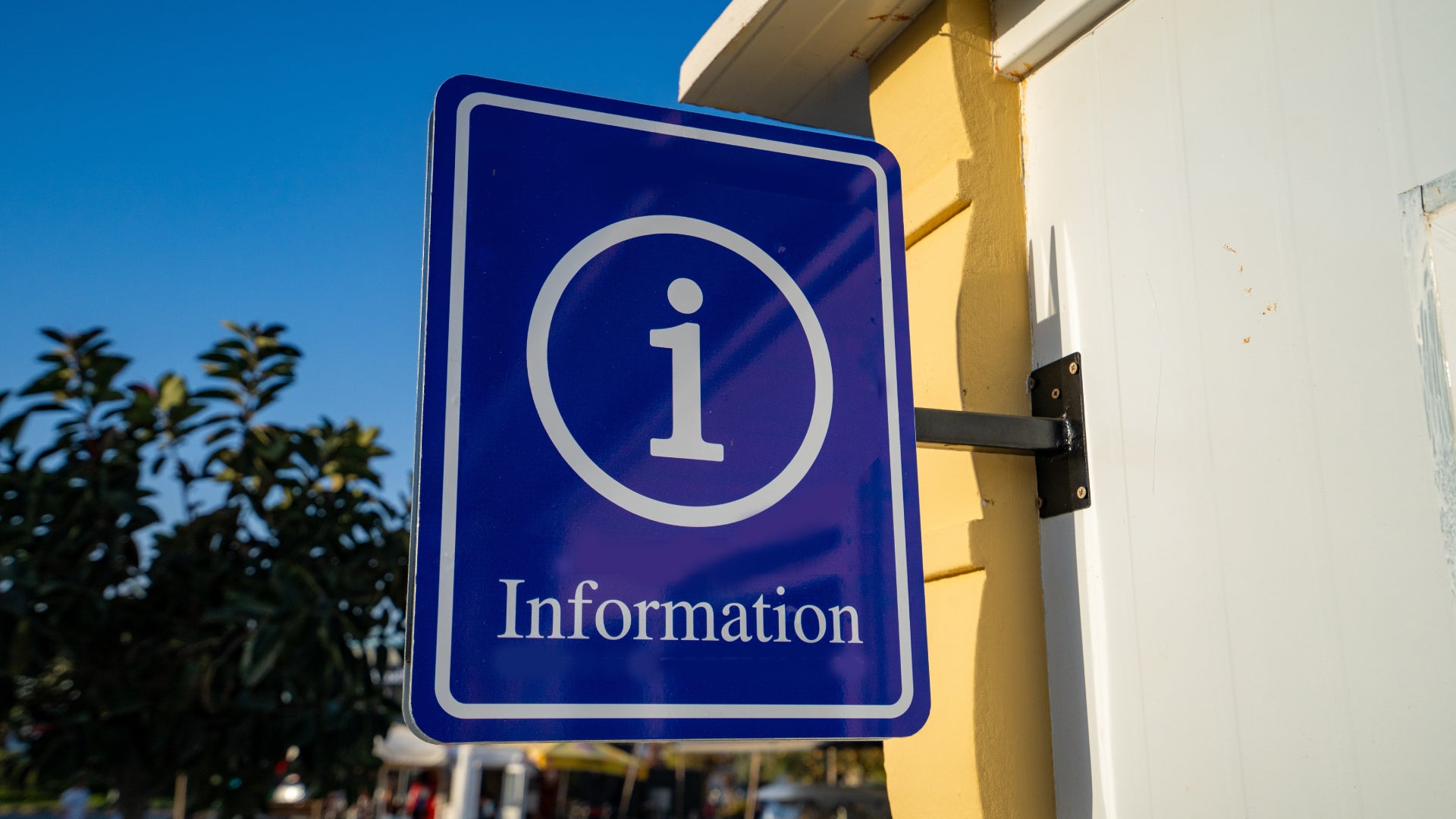Here we will discuss the post-death payout options available for a non-designated beneficiary (defined as a non-living entity that does not have a life expectancy). A non-designated beneficiary includes an estate, charity, or certain trusts (i.e., a non-qualified trust). Whereas a "designated beneficiary" is a living person with a life expectancy such as a spouse, child, grandchild, etc. Therefore, it’s important to be familiar with who or what will inherit an IRA upon the account owner’s passing. For example, in a situation where a non-designated beneficiary (such as the estate) is the named IRA beneficiary - the estate will inherit and therefore own the IRA upon the death of the account owner. Naming an estate as an IRA beneficiary is a common occurrence, which leads to some form of the following question on a regular basis.
What happens when the estate inherits an IRA?
Interestingly, the treatment of a non-designated IRA beneficiary remained unchanged. This despite the numerous and seemingly never-ending changes and added complexity to the maze of available options to inherited IRAs.
Where the estate is named IRA beneficiary, the beneficiary is not the underlying beneficiary of the estate. Instead, the estate (upon the death of the IRA owner) inherits the account and therefore owns the IRA, and an estate-owned inherited IRA must be established.
Specifically, there are two payout options that apply to a non-designated beneficiary (such as an estate) inheriting an IRA—either the “Five-Year Rule” or the so called “Ghost Rule.”
Which rule applies—five-year or ghost—depends upon when the original account owner dies. Specifically, did the IRA owner die before, on, or after their required begin date (RBD) for RMDs. An IRA owner’s RBD is the date at which RMDs must begin. The RBD is generally April 1 of the year after the year an IRA owner turns age 73 (or 72 or 70 ½ depending on their date of birth). Therefore, when naming a non-designated beneficiary, it’s critical to determine when the account owner’s death occurred (before or after their RBD). That date will dictate the applicable post-death payout schedule—five-year rule or “ghost” rule.
Death before RBD
Where an IRA owner dies before their RBD and a non-designated is the named beneficiary, the five-year rule governs. This rule is straightforward. The first year (year one) starts the year after the year of the IRA owner’s death. The entire inherited IRA balance must be exhausted by the end of the fifth-year post-death. Notably, this is the only time the five-year IRA beneficiary payout rule is applicable.
Example: Anthony dies in 2024 at age 67, prior to his RBD. Anthony named his estate as his traditional IRA beneficiary. Here, the five-year rule applies—the entire inherited IRA must be distributed by December 31, 2029 (i.e., fifth year post-death).
Importantly there are no annual minimum distributions during this five-year payout period. Instead, Anthony as beneficiary, can determine how much money, if any, to distribute annually.
Death on or after RBD
When an IRA owner dies on or after their RBD with a non-designated beneficiary, the ghost rule applies. In this case, the (estate owned) inherited IRA will be subject to annual RMDs based on the deceased IRA owner’s remaining single-life expectancy, had he/she lived (i.e., the ghost rule)!
How are ghost rule life expectancy and RMD calculated?
Use the single-life expectancy factor (see IRS 2023 Publication 590-B; Single Life Table) of the deceased account owner in their year of death.
Example: Tina dies in March 2024 at age 80, after her RBD. Tina has a traditional IRA and names her estate as beneficiary. RMDs from this estate-owned (inherited) IRA are calculated using the prior year-end IRA balance (i.e., December 31, 2023) and Tina’s remaining single-life expectancy (had she lived). The estate-owned IRA then subtracts “1” from her life expectancy factor each year thereafter.
The RMD in the year following the year of Tina’s death is based on her 10.2-year remaining single-life expectancy factor (11.2 for an 80-year-old in year of death, minus one) and prior year account balance. Every year thereafter, subtract “1” (9.2, 8.2, 7.2, etc.).
What about Roth IRAs?
Roth IRA owners, regardless of their age at death, are always considered to have died before their RBD. Why? Because Roth IRAs do not have lifetime RMDs. Therefore, a non-designated beneficiary of an inherited Roth IRA is always subject to the five-year rule. Since annual minimum distributions are not required, this allows such funds to grow tax-deferred over a five-year payout window and distributed tax-free.
Questions? Please contact your Lord Abbett representative at 888-522-2388.


